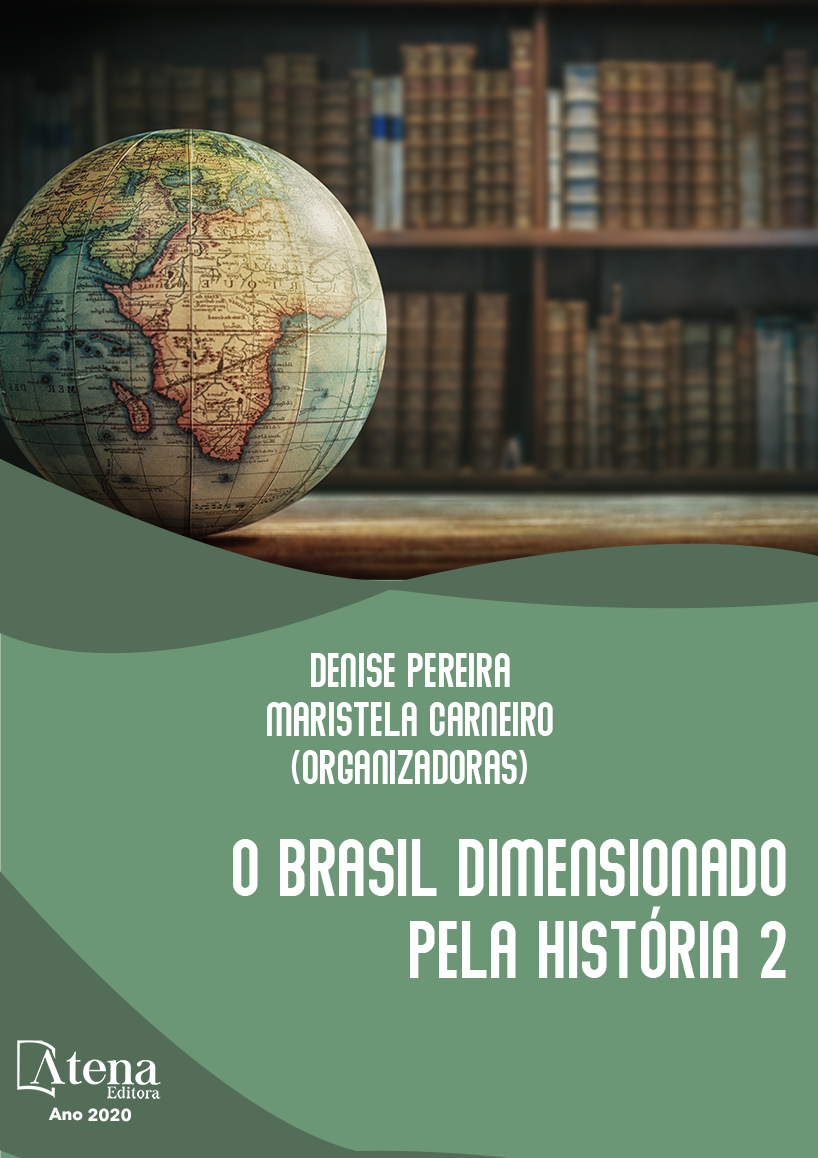
O traçado da guerra: a caricatura como arma na Guerra do Paraguai (1864 – 1870)
Este artigo possui o objetivo de analisar como a caricatura se apresentou como forte aliada tanto para o Brasil, quanto para o Paraguai, no conflito bélico que envolveu os dois países entre os anos 1864 a 1870. Para tanto, serão objetos de análise periódicos publicados nesse período, como: El Centinela (1867); Cabichuí (1867-1868); Semana Illustrada (1860-1875) e Paraguay Illustrado (1865). Além de um corpus documental composto por impressos, a pesquisa também se baseou na recente historiografia referente ao tema. A presente análise realizou-se dentro da perspectiva da história social, em que se buscou uma compreensão mais abrangente da forma como o objeto de estudo impactou e foi impactado pela contingência social da época. A análise leva em consideração, também, a relevância e influência da imprensa como agente passivo e ativo nas instâncias políticas e culturais de uma sociedade. Dentro dessa perspectiva, o foco se estabelece na sociedade brasileira, como também na imprensa e suas relações com o governo e o discurso oficial. Nesse sentido, a perspectiva paraguaia não é negligenciada e, dessa forma, a comparação entre os periódicos dos dois países se mantem constante ao longo da análise. Assim, a pesquisa é composta pela análise da forma como a relação entre vivência, perspectiva, imaginação e alteridade construiu as representações que ilustraram a Guerra para o povo.
O traçado da guerra: a caricatura como arma na Guerra do Paraguai (1864 – 1870)
-
DOI: 10.22533/at.ed.15820150118
-
Palavras-chave: Guerra do Paraguai, caricatura, periódicos.
-
Keywords: Paraguayan War; caricature; journals.
-
Abstract:
This paper aims to analyze how the caricature presented itself as a strong ally for both Brazil and Paraguay, in the war conflict that involved the two countries between 1864 and 1870. Therefore, periodicals published during this period will be the object of analysis, such as: El Centinela (1867); Cabichuí (1867-1868); Semana Illustrada (1860-1875) and Paraguay Illustrado (1865). In addition to a documentary corpus composed of printed matter, the research was also based on recent historiography about the subject. The present analysis took place within the perspective of social history, which sought a broader understanding of how the object of study impacted and was impacted by the social contingency of that time. The analysis also considers the relevance and influence of the press as a passive and active agent in the political and cultural instances of a society. Within this perspective, the focus is established in Brazilian society, as well as in the press and its relations with the government and the official discourse. Following, the Paraguayan perspective is not neglected and, thus, the comparison between the journals of the two countries remains constant throughout the analysis. Therefore, the research is composed by analyzing how the relationship between experience, perspective, imagination and otherness built the representations that illustrated the War for the people.
-
Número de páginas: 13
- Theo de Castro e Carneiro


